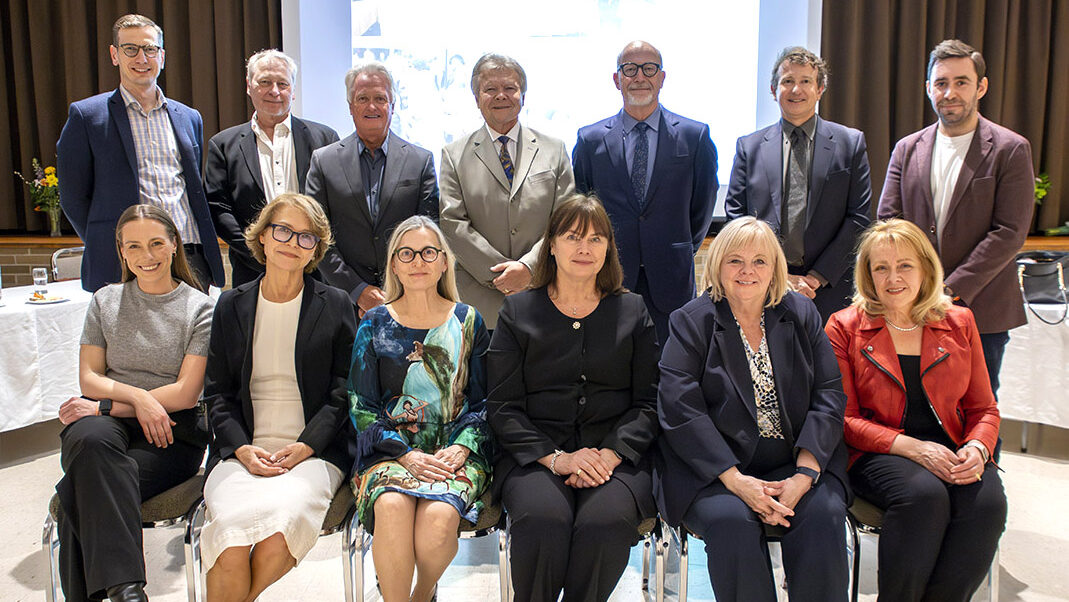Known as e-Estonia, it is an incredible success story that grew out of a partnership between a forward-thinking government, a proactive IT sector, and a tech-savvy population. E-Estonia is available 24/7 and saves the government the equivalent of an astounding 2% of its Gross Domestic Product (GDP) per year.
Other impressive statistics:
– 46.7% of Estonian voters from 109 countries voted online during the last European Parliament election;
– 98% of tax declarations are filed online and takes only three minutes;
– 98% of Estonians have a national ID-card.
And most impressively, 95% of residents have opted to share their medical health records electronically using the e-Health platform. Doctors and healthcare providers can access a patient’s records through a secure portal, which can result in better and more effective treatment for patients. Through a patient portal, each patient can also access their own records, and see who else has viewed their healthcare data.
E-Residency is another popular program which enables anyone in the world to run a trusted location-independent EU business online with all the tools needed to conduct business globally. A business can be set up in less than three hours. Over 21,000 companies from 160+ countries have set up in Estonia, generating over 32,000 million Euros in taxes for Estonia.
But Estonia is not stopping there. It constantly seeks, develops, and adopts new digital solutions to do things faster, better, and cheaper, in the public sector, in companies, and in the everyday life of people. For companies, efficiencies reduce the burden on small businesses. For the public, the aim now is to make all public services involve as little repetitive bureaucracy as possible. Rather than waiting for residents to come to the government for services, the government reaches out to them proactively.
For example, complex life events like birth or death require reaching out to several different services. Estonia is applying a customer centre product management mindset and systems to reduce the burden. The other advantage of such an approach is that government can identify those at risk and reach out before their situation disintegrates. Some say this was easy for a country of only 1.3 million people to achieve. But as those involved in building the system say, it doesn’t matter if you are starting from ground zero or attempting to transform a legacy system, it takes strong leadership, the mindset to make changes, and openness to private and public partnerships to succeed. Whether you have a population of 100 million or one million, without these key ingredients, a country will not succeed.
Today, Estonia has shared its e-governance journey with more than 100 governments, employing the competence of its experts and tech companies such as Nortal and Cybernetica. And many more countries are knocking at their door.
In the coming months, I will be discussing in greater detail about what we can learn from these successes, about booming sectors such as clean transportation and agri-tech, how tech investment has been flowing to Canada, and more. Stay tuned!




